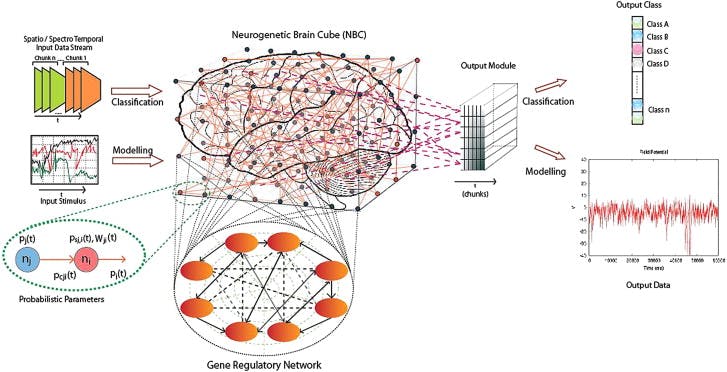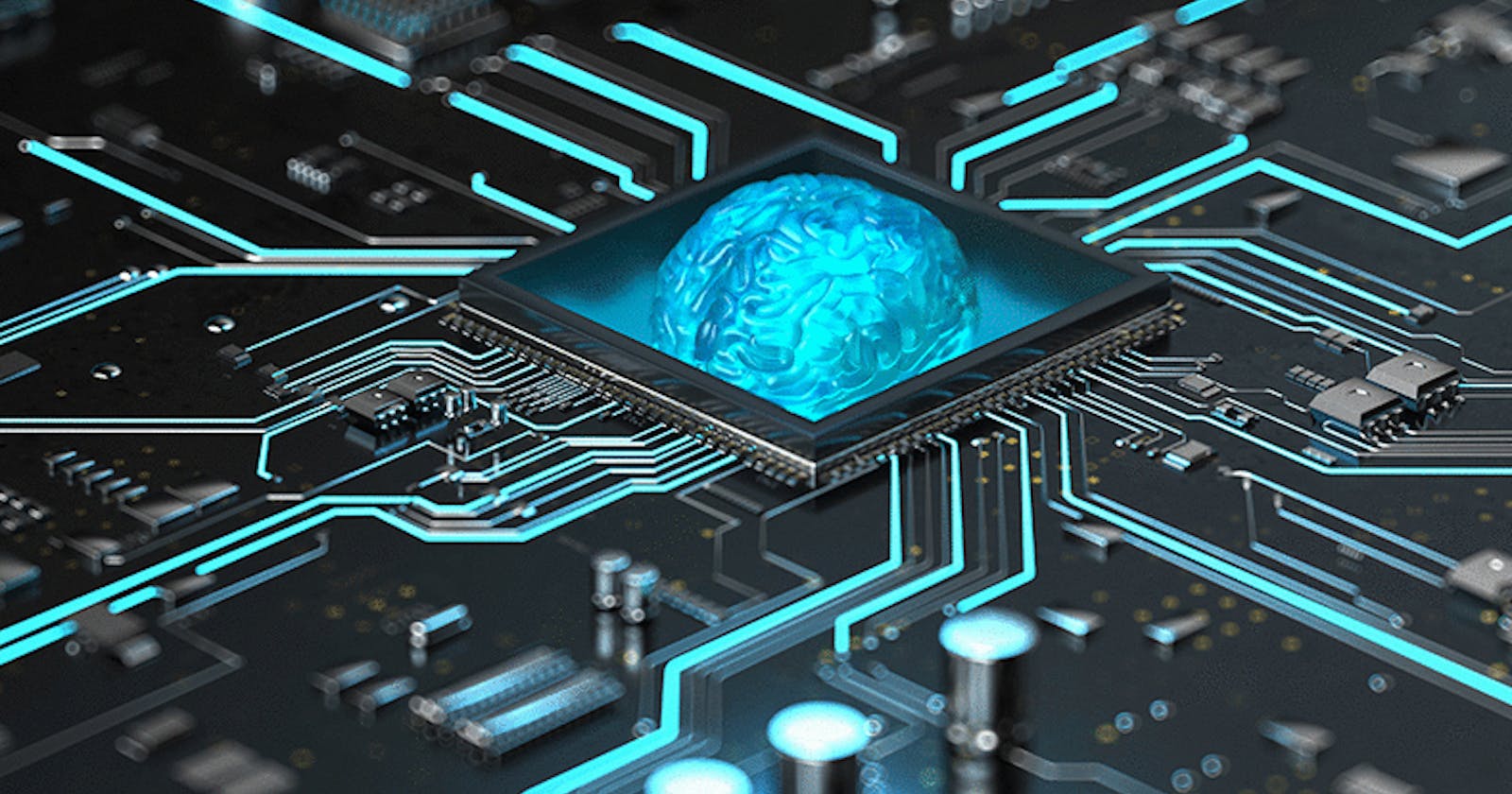Introduction to Neuromorphic Computing
Neuromorphic computing is a cutting-edge field in computer science that aims to mimic the behavior of the human brain in order to create more efficient and powerful computing systems. In simpler terms, it involves designing computer systems that work more like our own brains.
Think of it this way: our brains are made up of neurons, which communicate with one another in complex ways to process information. Neuromorphic computing seeks to recreate this neural activity in computer systems by building artificial neurons and networks that can similarly process information.
To put it funnily, imagine a world where computers are not just cold and calculating machines, but rather are more like quirky and unpredictable humans. Maybe your computer would forget things from time to time, or it might have mood swings that affect how it processes information. Or perhaps it would be able to learn and adapt in ways that traditional computers simply can't.
Of course, neuromorphic computing is much more complex than this silly example, but hopefully, it gives you a basic idea of what it's all about. By creating computer systems that can learn and adapt in ways that are more like our own brains, we can unlock new levels of efficiency and processing power that were previously impossible.
Here are some key points to understand about neuromorphic computing:
Neural networks

Neural networks are computer systems that are modeled after the human brain. They learn by example and can recognize patterns and make predictions. For example, a neural network can be trained to recognize handwritten digits like those on a check. It looks at many examples of digits and learns what features make up each digit. Once trained, it can recognize new digits it hasn't seen before. Neural networks are used in many fields, like medicine, finance, and transportation, to solve complex problems and make predictions.
Mimicking the Brain

Mimicking the brain means creating computer systems that work like the human brain.
For example, researchers have developed a neuromorphic chip that mimics the way the brain processes information, allowing it to perform tasks such as facial recognition with high accuracy. This chip contains millions of artificial neurons that can process and transmit information in a way that mimics the way the brain works. By mimicking the structure and function of the brain, these systems can learn and adapt to new situations more effectively, leading to more efficient and powerful computing systems. Mimicking the brain has applications in a wide range of fields, from medicine to finance to transportation. As technology advances, the potential for mimicking the brain in computing systems will only continue to grow, potentially leading to major breakthroughs in artificial intelligence and the development of more advanced and intelligent machines.
Collocated processing and memory

Collocated processing and memory is a key feature of neuromorphic computing that allows for computation and data storage to occur within the same device. This approach offers several benefits, including faster processing times and reduced power consumption. One example of collocated processing and memory is IBM's TrueNorth chip, which contains millions of neurons and synapses that can process and store information simultaneously. The integration of processing and memory in neuromorphic computing systems enables more efficient and effective computation, and has the potential to transform the field of artificial intelligence.
Massively parallel

Neuromorphic computing is designed to mimic the structure and function of the human brain, enabling the system to perform complex tasks with high accuracy and efficiency. One of the key features of neuromorphic computing is the ability to perform massive amounts of computation in parallel. This approach enables neuromorphic computing systems to process data much faster than traditional computing systems.
An example of massively parallel processing in neuromorphic computing is the SpiNNaker system, developed by researchers at the University of Manchester. The SpiNNaker system consists of a network of one million processing cores that can work together in parallel to simulate the behavior of up to one billion neurons in real time. This approach has been used for a variety of applications, including studying the brain, simulating the effects of drugs on neural networks, and developing new machine learning algorithms.
The advantages of massively parallel processing in neuromorphic computing are significant, including faster processing times, improved energy efficiency, and the ability to perform tasks that are difficult for traditional computing systems to handle.
Fault tolerance
Fault tolerance is a crucial feature of neuromorphic computing, which imitates the structure and function of the human brain. Unlike traditional computing, where a hardware or software failure can cause the whole system to fail, neuromorphic computing systems are created to be fault-tolerant, which implies they can continue to work even if a component fails.
One example of fault tolerance in neuromorphic computing is the Dynamic Adaptive Neural Network Array (DANNA) system developed by Harvard University scientists. DANNA comprises a network of interconnected artificial neurons that can adapt and reconfigure themselves to maintain functionality even if individual components fail. This approach allows DANNA to perform tasks such as image recognition and natural language processing even if there are hardware or software failures.
Fault tolerance in neuromorphic computing provides several benefits over traditional computing, such as increased reliability and resilience when faced with hardware or software failures. This makes neuromorphic computing systems ideal for mission-critical applications where system failure could have severe consequences.
